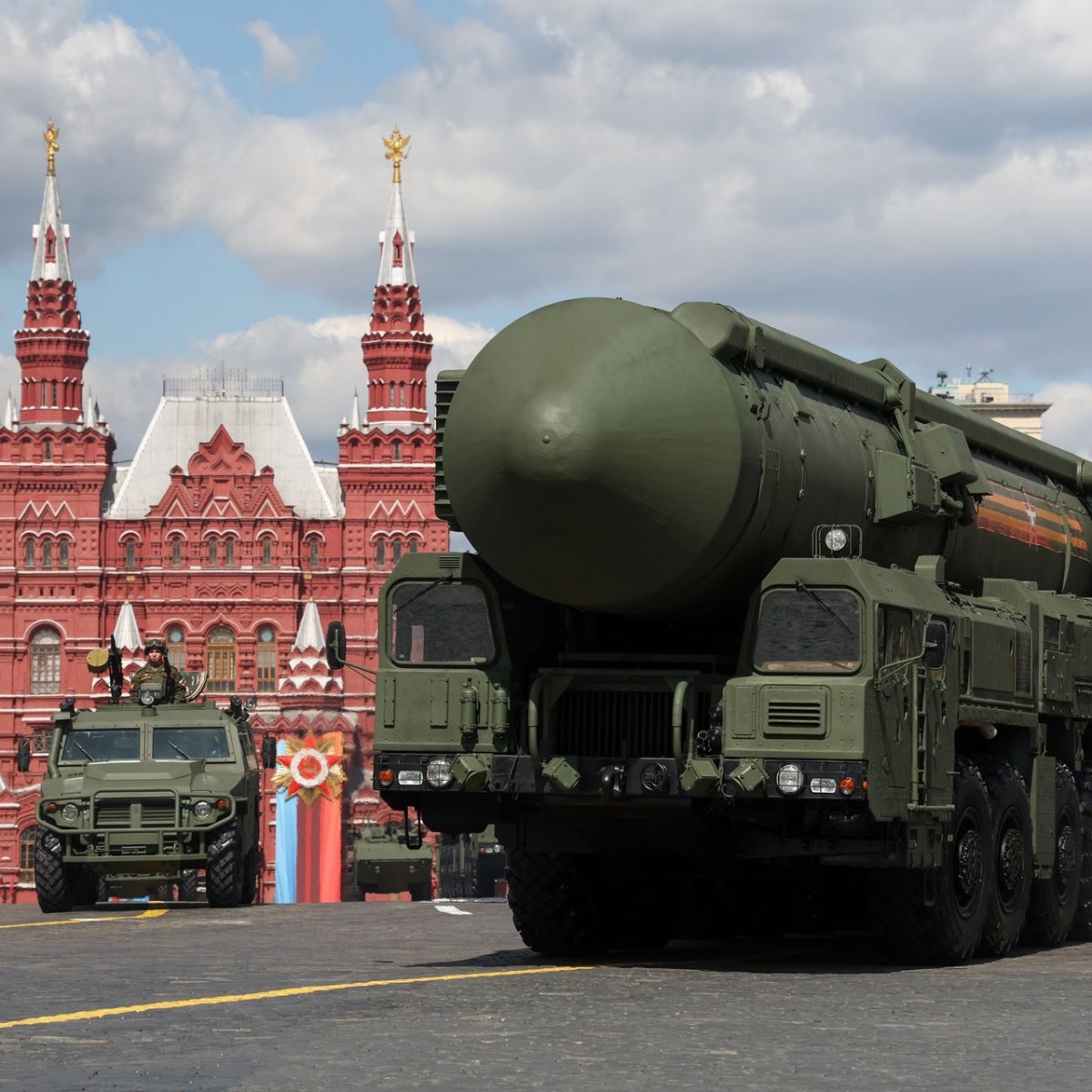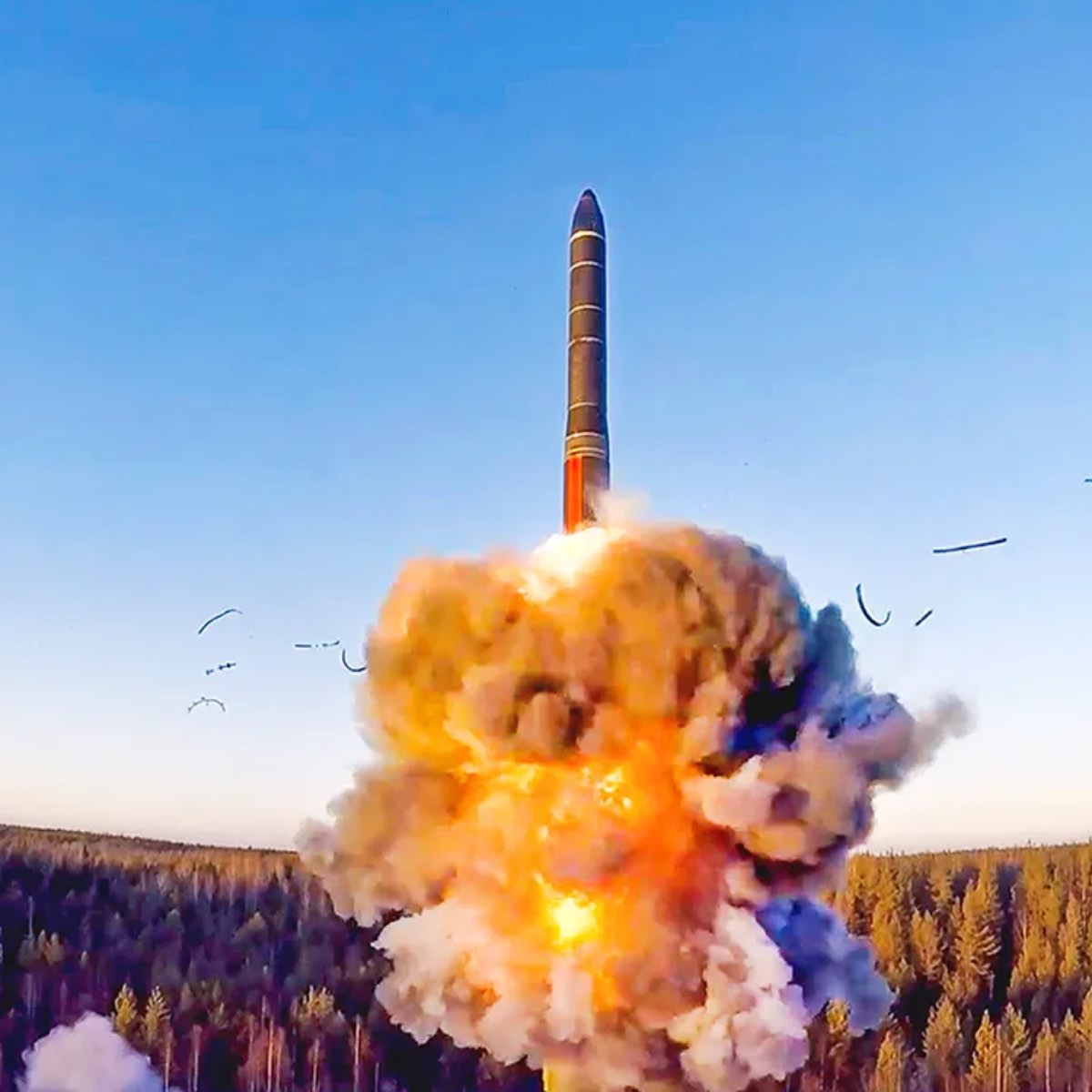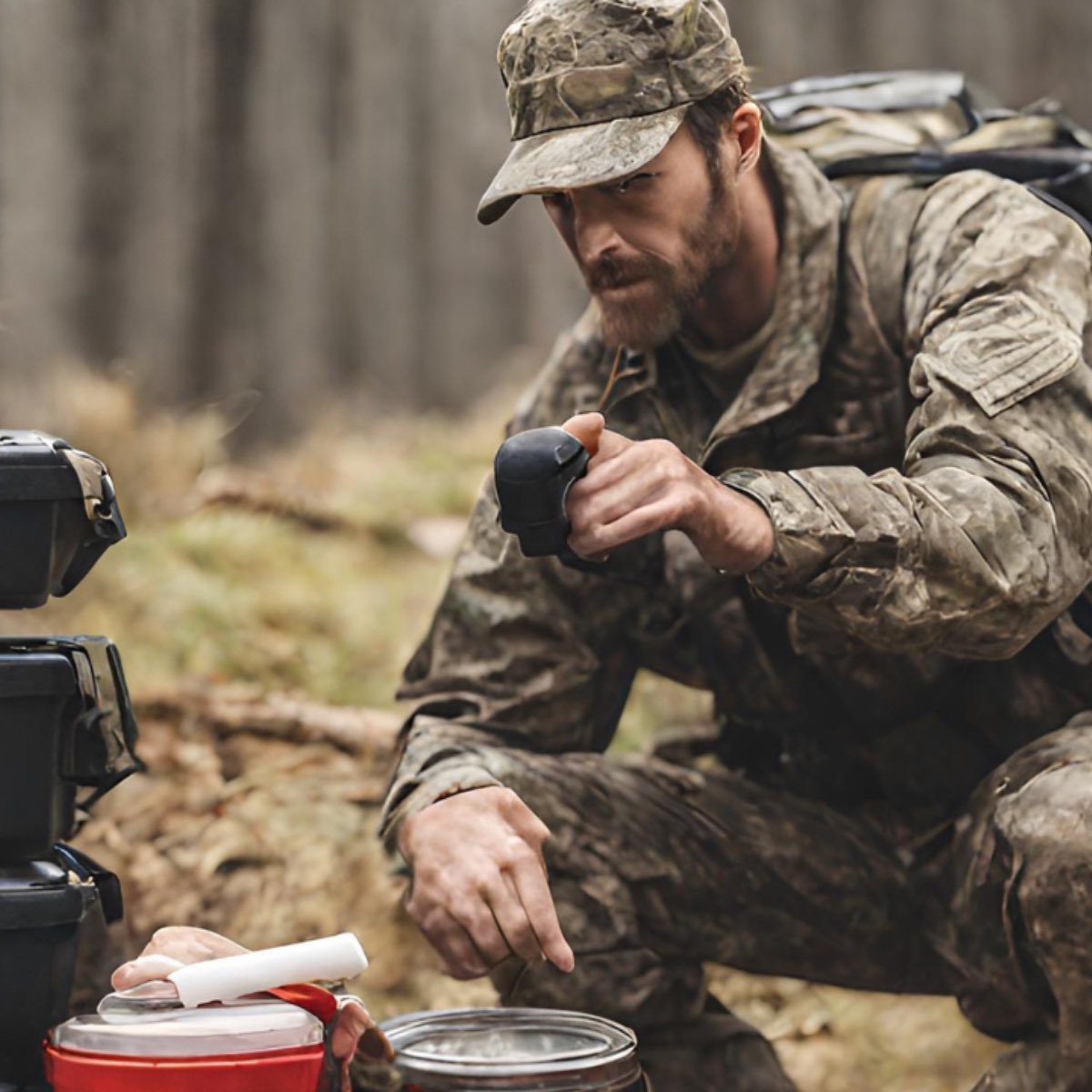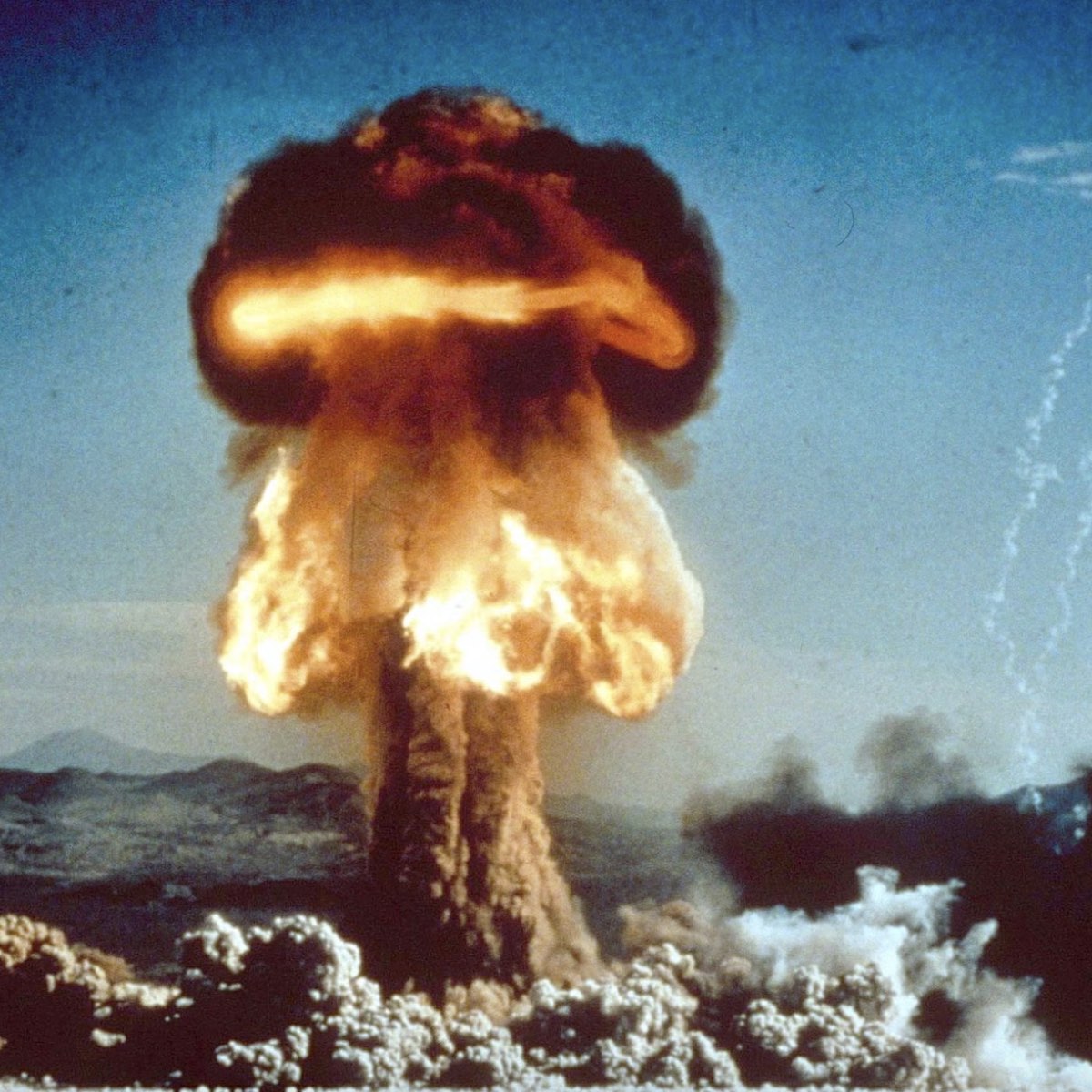If the unthinkable wast to happen, it could, and World War 3 was to begin, at that point there it would be far to late to start wondering what items do you need to survive a nuclear attack. Once that button has been pressed it is already far to late.
If you want to give you and your family the very best chance now is the time to start considering what items do you need to survive a nuclear attack.
What Items Do You Need To Survive A Nuclear Attack?

Facing the Unthinkable: Preparing for a Nuclear Emergency
The mere thought of a nuclear attack conjures images of unimaginable devastation. Widespread destruction would engulf cities, leaving behind a wasteland of shattered buildings and smoldering debris. The loss of life would be catastrophic, and the environmental contamination from radioactive fallout would pose a long-term threat to the health and safety of survivors.
While the prospect is grim, preparation can increase your chances of survival in the event of such an emergency. This article serves as a guide to essential items and supplies you can gather to navigate the immediate aftermath of a nuclear attack, offering a fighting chance until help arrives. Remember, preparedness empowers action, and taking steps now can make a significant difference in a critical situation.
So, what items do you need to survive a nuclear attack?
Building Your Lifeline: Essential Supplies and Equipment
Being prepared for a nuclear emergency requires a strategic approach to gathering and storing essential supplies. Here’s an overview of what you need to survive a nuclear attack and what you need to build your emergency kit:
Sustaining Life: Food, Water, and Medical Supplies
- Water: Water is crucial for survival. Stockpile at least one gallon of water per person per day for at least three days, and consider additional purification options like water tablets or filters.
Check out these water containers, perfect for water storage by clicking here.
- Non-perishable Food: Choose long-lasting, non-perishable food items that require minimal preparation and are high in calories. Canned goods, protein bars, and dried fruits are good options. Ensure you have a non-electric can opener available.
Check out this range of survival food by clicking here.
- First-Aid Kit: Assemble a comprehensive first-aid kit with essential supplies like bandages, antiseptic wipes, pain medication, and basic medical supplies. Include any prescription medications you or your family members require regularly.
Check out this range of first aid kits by clicking here.
Staying Connected and Informed: Communication and Lighting
- Battery-powered Radio: A battery-powered radio is vital for receiving vital information and emergency updates in the aftermath of a disaster. Keep extra batteries readily available. A hand cranked radio is even better.
Check out this range of emergency radios by clicking here.
- Flashlights and Headlamps: Ensure each family member has a reliable flashlight or headlamp with extra batteries. This will be crucial for navigating in the dark and ensuring safety during potential power outages.
Check out this range of flashlights by clicking here.
- Communication Plan: Having a communication plan in place is critical, particularly if separated from family members during an attack. Establish designated contact methods and meeting points to facilitate reunification.
Improvising and Adapting: Tools and Equipment
- Multi-tool: A multi-tool with various functions like pliers, screwdrivers, and a knife can be invaluable for a multitude of tasks, from repairs to first-aid applications.
Check out this range of multi-tools by clicking here.
- Duct Tape: Duct tape is a versatile tool for repairs, securing items, and creating makeshift shelters.
Check out this range of duct tape by clicking here.
- Plastic Sheeting: Large sheets ofheavy-duty plastic sheeting can be used to create temporary shelters, provide protection from the elements, and cover contaminated surfaces.
Check out this range of plastic sheeting by clicking here.
Additional Considerations:
- Shelter: Identify a potential designated shelter area in your home, ideally an interior room away from windows and exterior walls.
- Sanitation: Include essential hygiene items like soap, hand sanitizer, and toilet paper in your kit.
- Documentation: Keep important documents like passports, insurance papers, and copies of identification in a waterproof container.
- Cash: Having some cash on hand can be helpful for unforeseen circumstances in the aftermath of a disaster, especially if regular payment systems become unavailable.
Remember, this list is not exhaustive. Tailoring your kit to your specific needs and local environment is crucial. It’s also important to regularly check and update your supplies to ensure they remain functional and safe for use. By gathering these essential items and creating a comprehensive preparedness plan, you can significantly increase your chances of surviving and adapting in the face of a nuclear emergency.

Finding Refuge: Sheltering and Protection
In the immediate aftermath of a nuclear attack, seeking effective shelter is crucial for minimizing exposure to the blast wave, thermal radiation, and radioactive fallout. Here’s an overview of Choosing a Safe Haven: Identifying Your Shelter
- Basements: If available, a basement is generally the most suitable shelter option. It offers protection from the blast wave, thermal radiation, and falling debris.
- Underground Structures: If a basement is unavailable, explore alternative options like underground shelters, storm cellars, or sturdy sub-terrain structures.
- Reinforced Buildings: In the absence of dedicated shelters, identify interior rooms in the center of a sturdy building on lower floors, away from windows and exterior walls.
Fortifying Your Shelter:
- Seal Doors and Windows: Seal all doors, windows, and other potential entry points with duct tape or other available materials to minimize dust and radioactive particles from entering the shelter.
- Minimize Air Circulation: Close ventilation systems and cover vents to reduce the flow of contaminated air into the shelter.
- Gather Supplies: Move your emergency kit and any additional supplies like blankets, pillows, and non-perishable food to your designated shelter.
Shielding Yourself from Radiation:
- Sheltering-in-Place: Following official instructions to shelter-in-place is crucial. This means remaining indoors in your designated shelter for an extended period until authorities advise it’s safe to leave.
- Minimize Exposure: Minimize outdoor exposure as much as possible. Avoid unnecessary travel, and if you must go outside, wear protective clothing and minimize the amount of time spent outdoors.
- Radiation Shielding: If available, use radiation shielding materials like concrete, sandbags, or even thick books to create additional barriers between yourself and potential radiation sources.
Personal Protective Equipment (PPE): An Extra Layer of Defense
While sheltering remains the primary strategy, personal protective equipment (PPE) can offer a limited additional layer of protection against radioactive contamination:
- Respirators: A properly fitted respirator can help filter out radioactive particles inhaled from contaminated air. However, it’s crucial to choose the appropriate type of respirator for the specific type of radiation threat.
Check out this range of respirators by clicking here.
- Gloves: Wearing disposable gloves can help minimize skin contact with contaminated surfaces.
Check out this range of disposable gloves by clicking here.
- Protective Clothing: Covering exposed skin with long pants, long-sleeved shirts, and sturdy footwear can further reduce the risk of skin contamination.
Check out this range of protective clothing by clicking here.
Important Note:
It’s crucial to remember that PPE is not a substitute for proper sheltering. Their effectiveness is limited, and they provide only temporary protection. Always prioritize seeking proper shelter and follow the guidance of emergency officials.

Mending the Broken: Medical Supplies and First Aid
In the aftermath of a nuclear emergency, access to medical care might be limited or unavailable. Therefore, having a well-stocked first-aid kit and basic medical knowledge can be critical for managing injuries and illnesses until help arrives.
Stocking Your Medical Kit:
- Essential Supplies: Ensure your first-aid kit contains essential supplies like bandages, antiseptic wipes, pain relievers (ibuprofen, acetaminophen), antibiotic ointment, and sterile gauze pads.
Check out this range of first aid supplies by clicking here.
- Personal Needs: Include prescription medications, contact lens solution, and feminine hygiene products based on individual needs.
- Training: Consider acquiring basic first-aid and CPR training to be prepared to handle emergencies effectively.
Addressing Common Medical Issues in an Emergency:
- Burns: Treat minor burns by cooling the affected area with running water for at least 10 minutes. Avoid applying ointments or creams, and cover the burn loosely with sterile gauze.
- Wounds: Clean minor wounds with clean water and mild soap, apply gentle pressure to stop bleeding, and cover with a sterile bandage. Seek medical attention for serious or deep wounds.
- Fractures: Immobilize suspected fractures with available materials like slings or splints and seek immediate medical attention.
- Radiation Sickness: While there is no specific treatment for radiation sickness, supportive care focusing on managing symptoms like nausea, vomiting, and diarrhea becomes crucial.
Remember:
- Prioritize safety: Always ensure your own safety before attempting to help others.
- Seek professional help: If unsure about handling a medical situation, prioritize seeking professional medical assistance as soon as possible.
Specialized Supplies for Radiation Exposure:
- Potassium Iodide (KI) Tablets: These tablets, when taken under the instruction of public health officials, can help block the uptake of radioactive iodine by the thyroid gland, potentially reducing the risk of thyroid cancer.
Check out this range of potassium iodide tablets by clicking here.
- Geiger Counters: These handheld devices detect and measure radiation levels in the environment. While not essential for survival, they can provide limited information about the presence and intensity of radiation exposure.
Check out this range of geiger counters by clicking here.

Keeping Clean: Hygiene and Sanitation in an Emergency
Maintaining proper hygiene and sanitation is crucial in any emergency situation, but it becomes even more vital in the aftermath of a nuclear attack due to the potential for increased risk of infection and disease. Here’s an overview of essential practices and supplies to prioritize:
Clean Water and Safe Sanitation:
- Water Purification: Since accessing clean water sources might be difficult, it’s crucial to have water purification methods at your disposal. Boiling water for one minute is a simple and effective method. Alternatively, consider using water purification tablets or portable water filters.
Check out this range of water purification options by clicking here.
- Sanitation Supplies: Stockpile toilet paper, hand sanitizer, garbage bags, and disinfectant wipes in your emergency kit to maintain basic hygiene and sanitation practices.
Check out this range of sanitation supplies by clicking here.
- Waste Disposal: Dispose of waste properly to prevent the spread of disease. If a sewage system is unavailable, designate a safe location away from the shelter for waste disposal and cover it with dirt or lime to minimize contamination risks.
Personal Hygiene Practices: A Shield Against Illness
- Handwashing: Frequent and thorough handwashing with clean water and soap is crucial for preventing the spread of germs and reducing the risk of infection. Wash your hands for at least 20 seconds, particularly after using the bathroom, handling contaminated objects, or before preparing or eating food.
Check out this range of hand wash by clicking here.
- Oral Hygiene: Maintaining oral hygiene by brushing your teeth regularly with fluoride toothpaste helps prevent dental problems and reduces the risk of infection spreading from your mouth to other parts of your body.
Check out this range of toothpaste by clicking here.
- Body Cleanliness: Taking regular sponge baths or using wet wipes helps maintain basic cleanliness, reducing the risk of skin infections and promoting overall well-being.
Improvising Sanitation Solutions:
- Portable Toilets: If available, consider acquiring portable toilets for waste disposal in crowded shelter environments.
Check out this range of portable toilets by clicking here.
- Hygiene Kits: Pre-assembled hygiene kits often contain essential items like soap, shampoo, toothpaste, and other personal care products, offering basic hygiene solutions in an emergency.
Check out this range of pre-assembled hygiene kits by clicking here.
- Sanitation Wipes: Disposable sanitation wipes can be used for cleaning hands, surfaces, and personal hygiene when access to water is limited.
Check out this range of sanitation wipes by clicking here.
Remember:
- Prioritize hygiene: Consistent handwashing and maintaining personal hygiene are vital for preventing the spread of disease and promoting good health in an emergency.
- Improvise and adapt: Be resourceful and utilize available resources to maintain basic hygiene practices even in challenging circumstances.
By following these practices and utilizing the recommended supplies, you can significantly reduce your risk of illness and promote the well-being of yourself and others in the aftermath of a nuclear emergency.
Mending the Mind: Psychological Support and Comfort
Nuclear emergencies are not just physical threats; they pose significant psychological challenges as well. Witnessing devastation, experiencing loss, and facing uncertainty can lead to stress, anxiety, fear, and even trauma. Addressing these challenges and supporting mental well-being is crucial for surviving and recovering from such an ordeal.
Coping with the Emotional Toll:
- Stress Management Techniques: Practices like deep breathing exercises, meditation, and progressive muscle relaxation can help manage stress and anxiety in the face of overwhelming situations.
- Emotional Support: Seek support from friends, family, and community members to share your feelings and experiences. Talking openly about your struggles can be cathartic and help you feel less alone.
- Counseling Services: If needed, seek professional help from counselors or therapists specializing in trauma and crisis intervention. They can provide valuable guidance and support in processing your experiences and managing the emotional impact of the event.
Finding Solace in Small Things:
- Comfort Items: Bringing familiar comfort items like blankets, photos, or small personal belongings can provide a sense of normalcy and comfort in an unfamiliar and stressful environment.
- Recreational Activities: Engaging in simple recreational activities like reading, listening to music, playing games, or writing can help distract from anxieties, provide moments of enjoyment, and maintain a sense of routine.
- Maintaining Connections: Staying connected with loved ones through available means, even if limited, can provide a sense of belonging and support.
Building Resilience for the Long Haul:
- Positive Mindset: Cultivating a positive attitude and focusing on hope can significantly impact your ability to cope with challenges and persevere through difficult times.
- Sense of Purpose: Find meaning and purpose in supporting yourself, your family, and your community during this challenging time. Helping others can foster a sense of agency and control in a seemingly chaotic situation.
- Building Support Networks: Strengthen your support networks by connecting with others facing similar challenges. Sharing experiences and offering mutual support can build collective resilience and facilitate coping mechanisms.
Remember, seeking professional help is a sign of strength and not weakness. Taking care of your mental health is just as important as taking care of your physical well-being during and after a nuclear emergency. By utilizing these strategies and fostering a sense of resilience, you can navigate the emotional challenges and emerge stronger from this experience.
What Items Do You Need To Survive A Nuclear Attack Conclusion: Preparing for a Nuclear Emergency
While the prospect of a nuclear attack is grim, preparation can significantly increase your chances of survival. This article has looked at what items you need to survive a nuclear attack and to navigate the immediate aftermath, covering:
- Emergency Supplies: Assembling a well-stocked kit with food, water, first aid supplies, and communication tools.
- Sheltering and Protection: Identifying and fortifying suitable shelters, understanding radiation protection measures, and utilizing personal protective equipment (PPE).
- Medical Supplies and First Aid: Stocking essential medical supplies and having basic knowledge to address common injuries and illnesses.
- Hygiene and Sanitation: Maintaining proper hygiene practices, utilizing water purification methods, and managing waste disposal effectively.
- Psychological Support and Comfort: Employing stress management techniques, seeking emotional support, and engaging in activities that promote mental well-being.
Beyond individual preparedness, community cooperation and resilience are paramount. Sharing resources, supporting one another, and working collectively towards recovery will be crucial in navigating the long road ahead. While we hope this information will never be needed, having a basic understanding and taking steps towards preparedness empowers us to face the unthinkable with increased resilience and a chance for survival. Remember, prevention remains the ultimate goal, and we must continue to advocate for a world free from the threat of nuclear devastation.
It is essential that right now you consider what you need to survive a nuclear attack. Preparation is key and it is better to be prepared and not need items than to need items and not have them.
Check out more World War 3 stuff here
